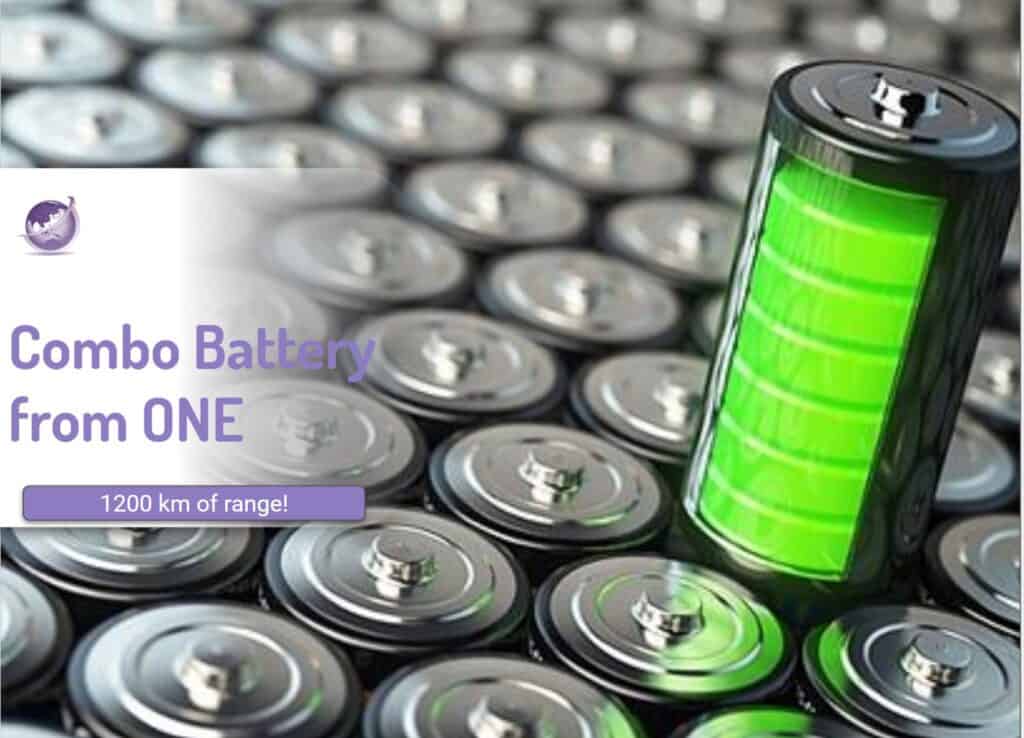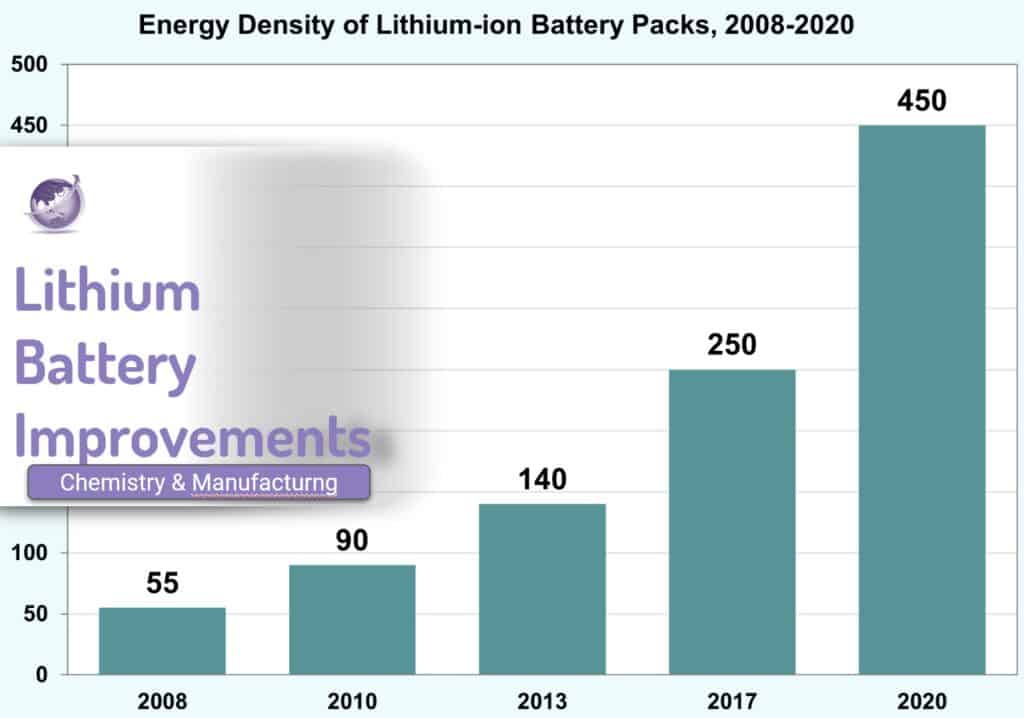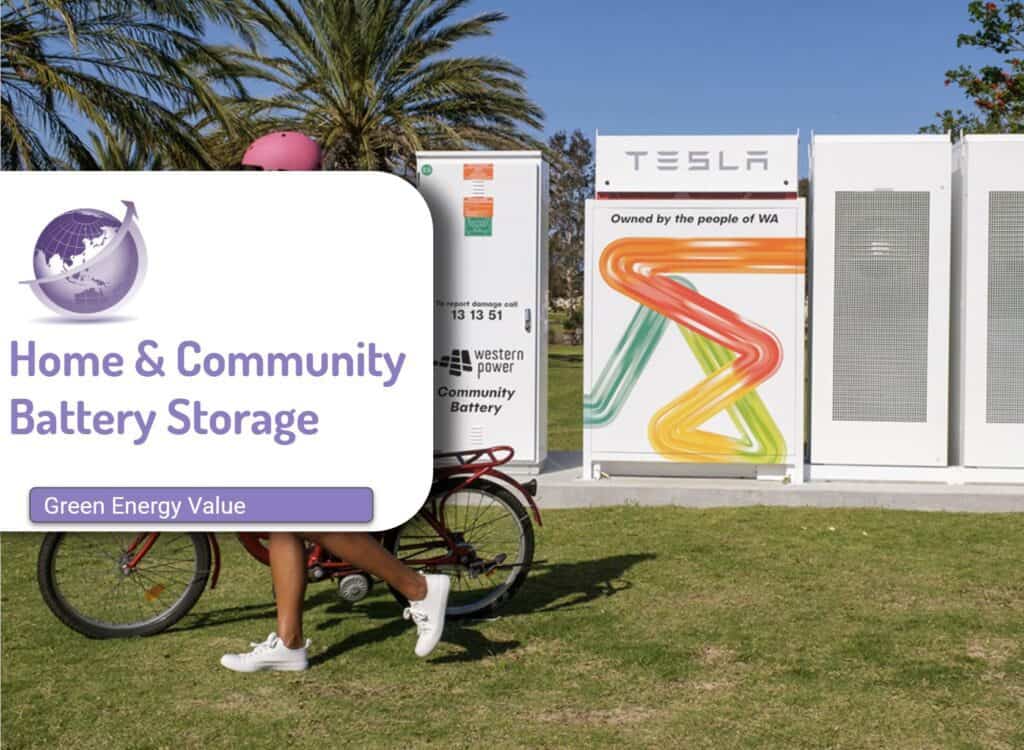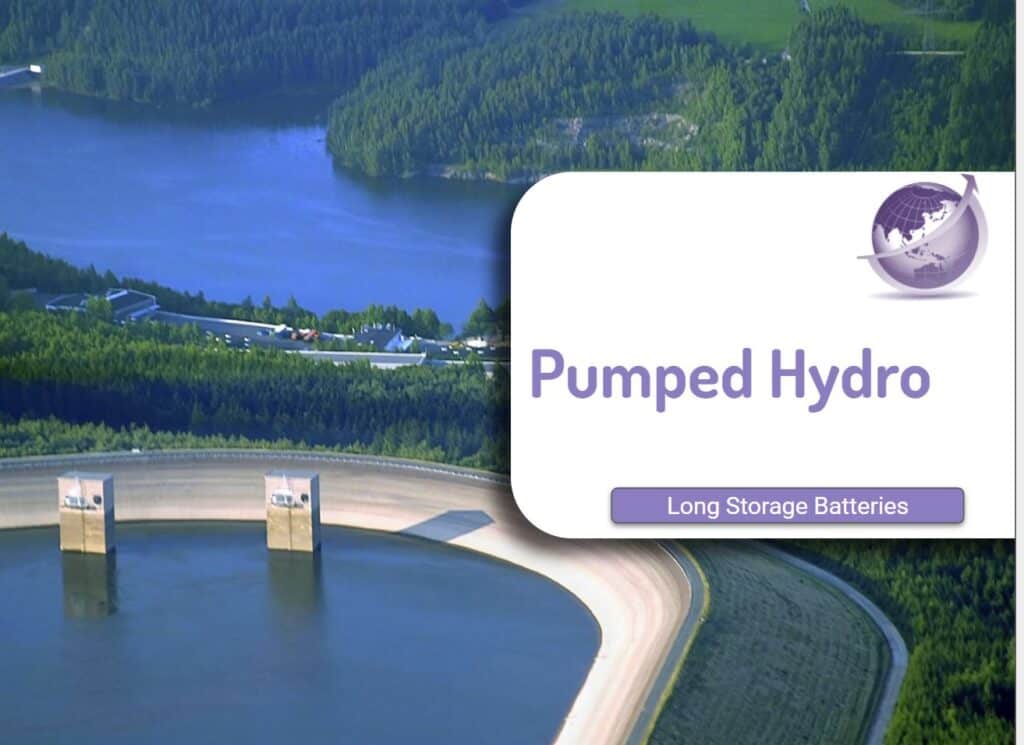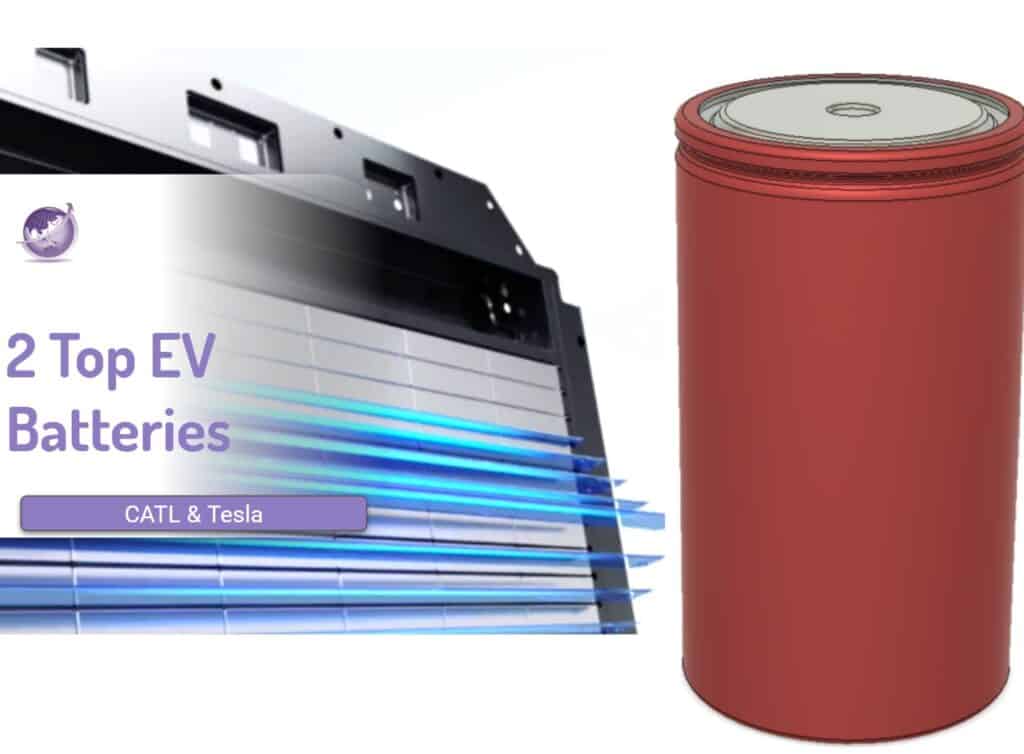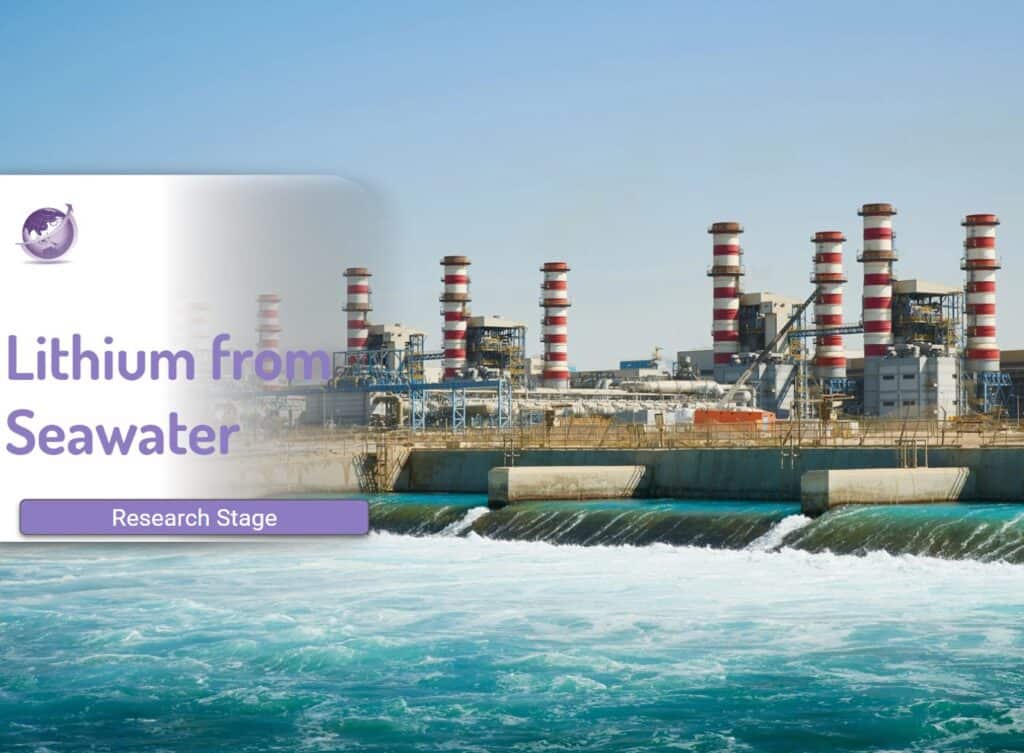A combination new battery innovation system is an anode-free battery cell with an energy density of 1007 Wh per litre. Our Next Energy (ONE) from Michigan, USA takes a standard LFP battery and combines it with their new anode-free battery. The battery is a combination.
- The LFP battery does the normal charge discharging for short distances of up to 200km
- The anode-free part provides 800km of range.
ONE calls the system Gemini. With the explosion in electric vehicles – cars, trucks and pickup trucks, new technologies will have a ready place.
Using their battery, they were able to drive a Tesla 1200 km (752 miles) on a single charge.
Lower Production Cost Down to $50 per kWh
Eliminating the need for graphite and anode manufacturing equipment reduces manufacturing costs to be as low as $50 per kWh.
“Our prismatic anode-free cell is produced with approximately half of current cell manufacturing equipment for equivalent capacity, allowing us to sharply reduce scale-up cost. Our mission is to double the range of electric vehicles, use safer, more sustainable raw materials and establish a local supply chain.
Mujeeb Ijaz, the founder and CEO (Quote CleanTechnica)

Combination In “Gemini”
The typical low cycle life of anode-free cells compared with conventional cells, makes them unviable by themselves. Vehicles need regular charging. The LFP battery provides for short distances, and the anode-free provides a backup and charges the LFP. The anode-free cells store 450 miles of range and recharges LFP cells using a proprietary DC-DC process.
I.e. the anode free provides 99% of the vehicle’s duty cycle, whereas 1% is provided by the range extender.
A comparison is a petrol battery electric hybrid. The battery provides for short distances. The petrol engine provides longer distance. The comparison falls down as the petrol hybrid ICE engine incurs maintenance costs. Real-world data demonstrates hybrid’s batteries are not used (See article on hybrids).

